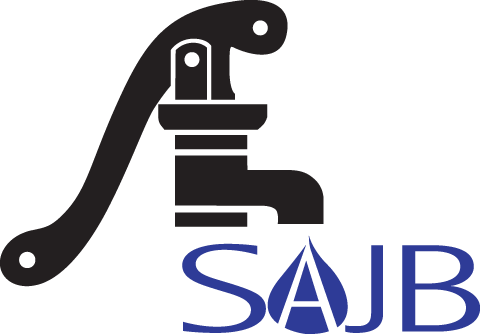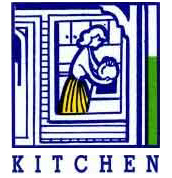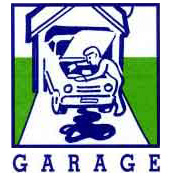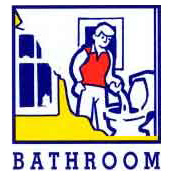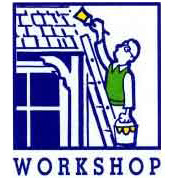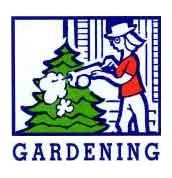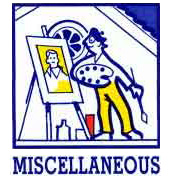| Chemistry set |  | Choose less hazardous experiment sets |
| Fiberglass and epoxy resins |  | |
| Glue with Solvent |   | If dried out, put in garbage, if liquid, bring to HHW drop site. Choose water-based glues. |
| Gun cleaner |  | |
| Paint – latex |   | If unable to use up or give away, take to a Hazardous Household Waste site. Small amounts (1” or less in can) allow to solidify and place in trash. |
| Paint – oil based |  | Use latex or other water based paints. Call the recycling hotline for an info sheet on this topic. |
| Paint stripper with solvent |  | Use heat gun and scraper to remove paint. Alkali type paint removers are available. A strong trisodium phosphate solution (1 pound to 1 gallon hot water) may do the job. Wear rubber gloves! Brush on, wait 30 minutes, then scrape off. Call the Recycling Hotline for an info sheet on this topic. |
| Paint thinner / turpentine |  | Allow paint particles to settle; strain and reuse. Use latex paints and stains. Call the Recycling Hotline for an info sheet on this topic. |
| Photographic chemicals (unmixed) |  | |
| Varnish |  | Use shellac, tung oil, or linseed oil. |
| Wood preservative |  | Use borax based products. Never use creosote, pentachlorophenol, or arsenic. When possible, use decay resistant woods, such as cedar, redwood, or “plastic wood”. |
